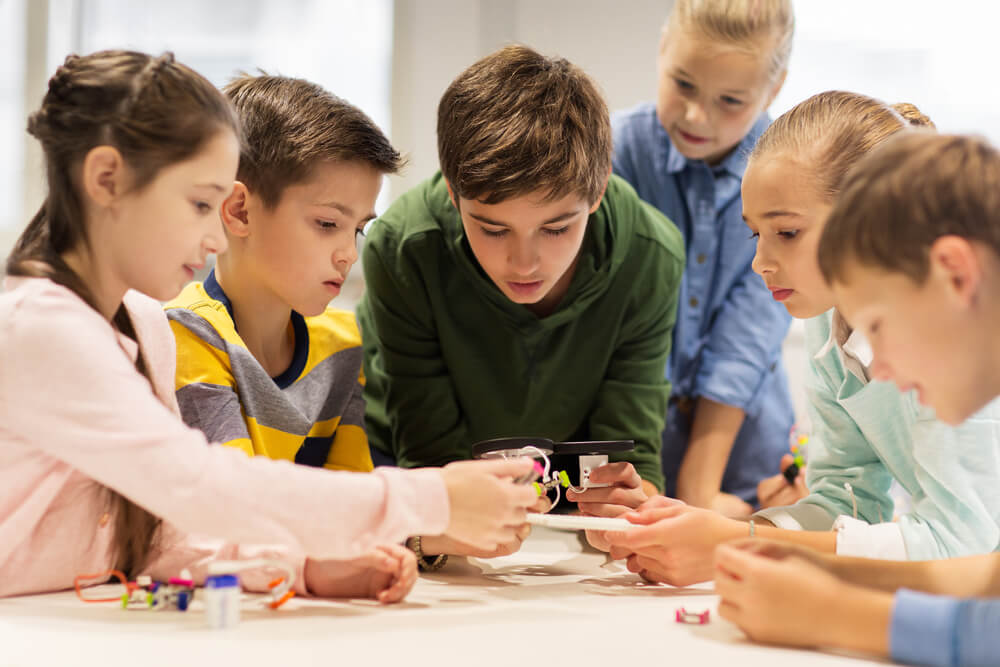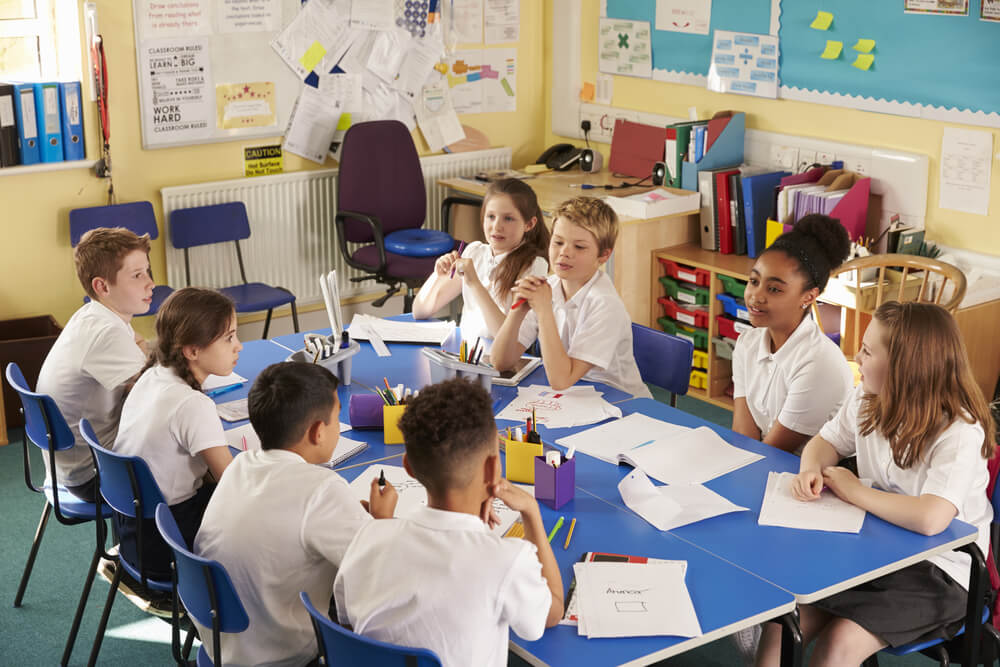The Significance of Group Dynamics
Group dynamics serve as the invisible hand that guides classroom interactions, shaping everything from student engagement to the efficacy of instructional methods. Research shows that a positive group dynamic can significantly enhance learning outcomes. For instance, a study published in the Journal of Educational Psychology found that classrooms with cohesive group dynamics saw higher levels of academic achievement and greater emotional well-being among students. Further reinforcing the significance of group dynamics, a meta-analysis by Educational Research Review concluded that classrooms where group dynamics were intentionally managed saw an increase in student performance. These findings aren't just academic musings; they have real-world implications for educators striving for excellence in teaching and learning. Imagine you've just introduced a new group project in your classroom. Halfway through, you notice that one group is lagging behind. Upon closer inspection, you find that this group has a disrupted dynamic—some students dominate the conversation, while others barely participate. Drawing on your understanding of group dynamics, you can implement strategies to balance participation, leading to a more cohesive group and, ultimately, a more successful project outcome.
Cultural Differences in Group Dynamics
Culture is not just a backdrop to education; it actively shapes the classroom environment, including group dynamics. From how students interact with teachers to the way they engage with their peers, cultural norms and values play a significant role. Working in a multicultural environment is both a challenge and an opportunity. It demands a more nuanced approach to managing group dynamics, as what works in one cultural setting might not be effective in another. However, it also offers a tapestry of perspectives that can enhance the learning experience when managed effectively.- Finland: In Finnish classrooms, an emphasis is placed on collaborative learning. Group dynamics are often shaped by the concept of 'sisu,' which promotes resilience and cooperation.
- India: The educational setting in India often places teachers in a highly authoritative role, affecting how students interact in group settings, usually in a hierarchical manner.
- United States: Classrooms in the U.S. frequently encourage individualism, affecting how students collaborate and the sort of dynamics that evolve in group tasks.
- Japan: Classrooms in Japan often prioritise group harmony, or "wa," which has a direct impact on how students collaborate and communicate.
The Role of the Educator
Facilitating Group Dynamics in the Classroom
Educators hold a unique position of influence when it comes to shaping group dynamics in the classroom. While a teacher's actions can foster a positive and inclusive environment, they can also inadvertently contribute to negative dynamics. For example, relying solely on a "teacher-centric" approach could discourage student collaboration, which is essential for a positive group dynamic. Here are some strategies that can help:- Active Listening: Take time to understand individual and collective needs.
- Inclusive Language: Use language that makes all students feel valued.
- Balanced Participation: Encourage quieter students to speak while moderating more vocal ones.
Overcoming Challenges in Group Dynamics
Navigating the complexities of classroom group dynamics presents a range of challenges for educators. From managing diverse personalities to ensuring every student's voice is heard, the path to harmonious classroom interaction requires tact, understanding, and strategic intervention.Disruptive Behaviours
Occasionally, certain students may exhibit behaviours that disrupt the group's harmony. Solution: Implement clear, consistent rules and consequences for disruptive behaviour. Foster an environment of respect by modelling positive interactions and encouraging students to express their feelings and frustrations constructively.Language Barriers in Multicultural Classrooms
In classrooms with students from diverse linguistic backgrounds, language barriers can hinder group cohesion and participation. Solution: Use visual aids, gestures, and simplified language to ensure clarity. Pair students with language buddies and incorporate language learning apps that facilitate mutual understanding and collaboration.Integrating Shy or Reluctant Students
Some students may feel anxious about participating in group activities. Solution: Create smaller, more intimate group settings where these students can feel more comfortable. Offer various participation methods, including written responses or digital platforms, where students can contribute without the pressure of speaking out loud.In Summary
Mastering group dynamics is crucial for educators. Beyond being an optional skill, it significantly impacts student engagement and academic success while creating a positive learning environment. Understanding and improving group dynamics is key for daily classroom management and achieving long-term educational goals. Investing in this area through continuous professional development (CPD) is essential for today's educators. This focus on group dynamics is vital for promoting educational excellence and building a supportive learning community.Recommended Reading & Resources
- Essential Classroom Management by D. Weller - Strategies for effective classroom management, including group dynamics.
- Educational Psychology by A. Woolfolk - Comprehensive insights into psychological foundations of education.
- Building Classroom Communities by D. Levine - Strategies for fostering community and collaboration.
- The Skillful Teacher by S. Brookfield - Techniques for skilful teaching, including managing group dynamics.
- The Culture of Education by J. Bruner - Investigating the cultural aspects that affect classroom dynamics.

